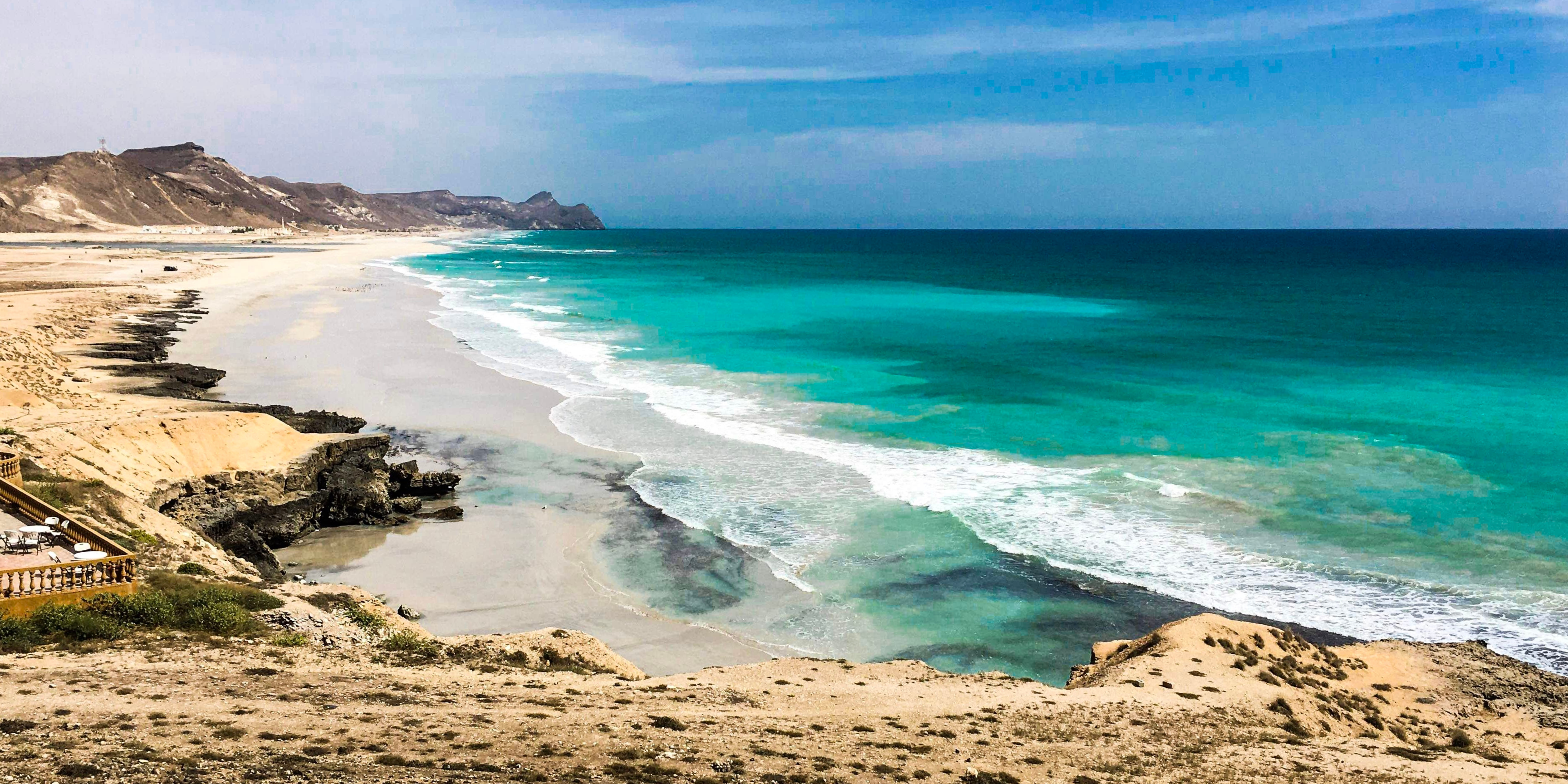
Oman handline yellowfin tuna

Location & History
Tuna fishing in Oman has a long history, dating back to ancient times. The Omani people have traditionally relied on tuna as a source of food and income. The country has a diverse range of tuna species including yellowfin, bigeye, and skipjack. Oman is home to a prolific and abundant handline tuna fishery, operated by highly skilled, traditional, Omani fishers.
How is the Tuna Caught?
Handline fishing is a traditional method of fishing that has been used in Oman for centuries. It involves using a single fishing line with a baited hook attached to the end, which is manually held and cast by the fisherman.
Typically, a handline is made of a long, thin, and durable line, usually made of nylon or other synthetic materials, and it can be up to several hundred meters long. The hook is baited with fish or squid, and it is cast into the water by the fisherman. Once a tuna takes the bait, the fisherman will reel in the line by hand. The fish is then brought on board the fishing boat and is prepared for sale or consumption.
Unique Features
The handline fishery is one of the few fisheries in Oman that is exclusively owned and operated by Omani’s which means these vessels are often crewed by close-knit friends and family members.
Until relatively recently the handline fishing was conducted from 28ft skiffs with a single outboard motor. But the abundant schools of yellowfin tuna that migrate through Oman’s waters have allowed these family-owned operations to modernise in recent years. Now, many have been able to buy purpose-designed 33ft fibreglass vessels with insulated cold storage and two large outboard motors.
In Oman, the local market actually preferentially favours smaller fish (less than 20kg), with white meat (which we consider to be burnt). As this is the size that a single family can consume. These smaller sizes actually fetch a premium in the market. This is the opposite of the preference of the international export markets which seek large fish (30kg ++) with bright red meat, to indicate quality and freshness. The Omani tuna industry is unique in its potential for growth. With the modernization of its fishing fleet, the country has been able to increase its tuna production, which has led to an increase in economic benefits for the country.
Gallery
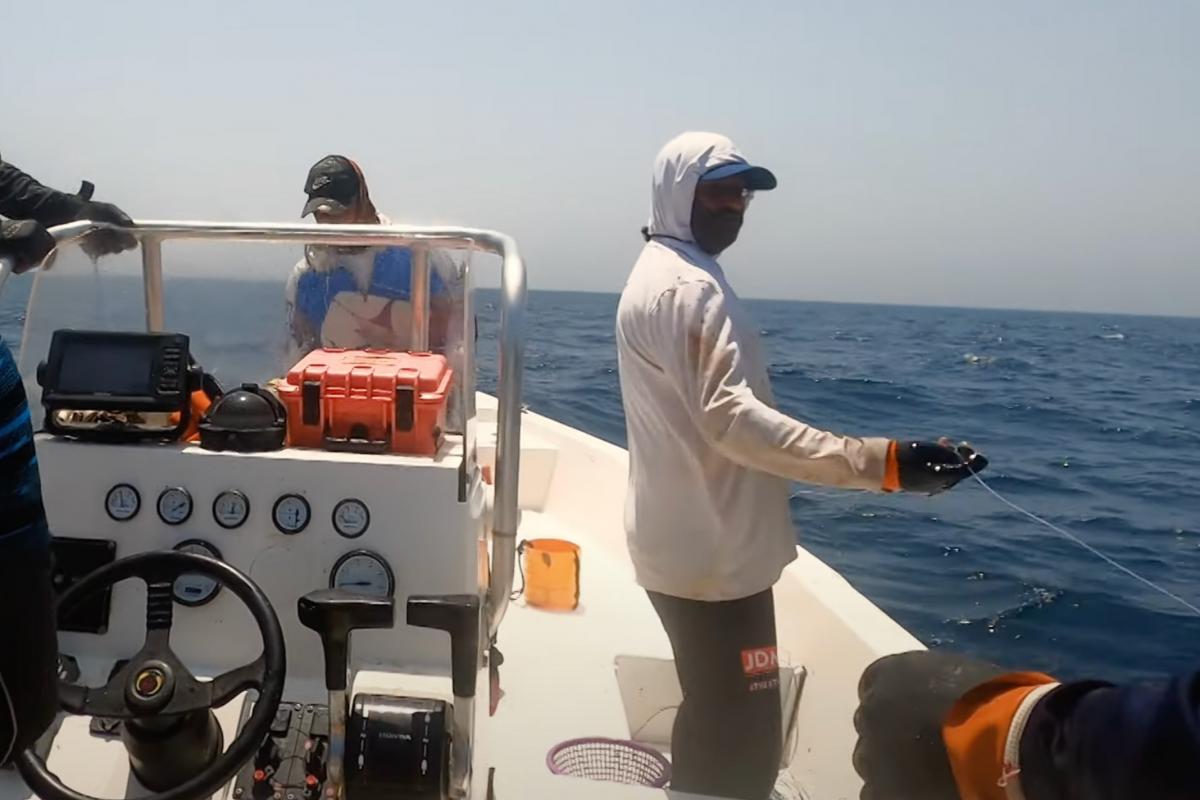
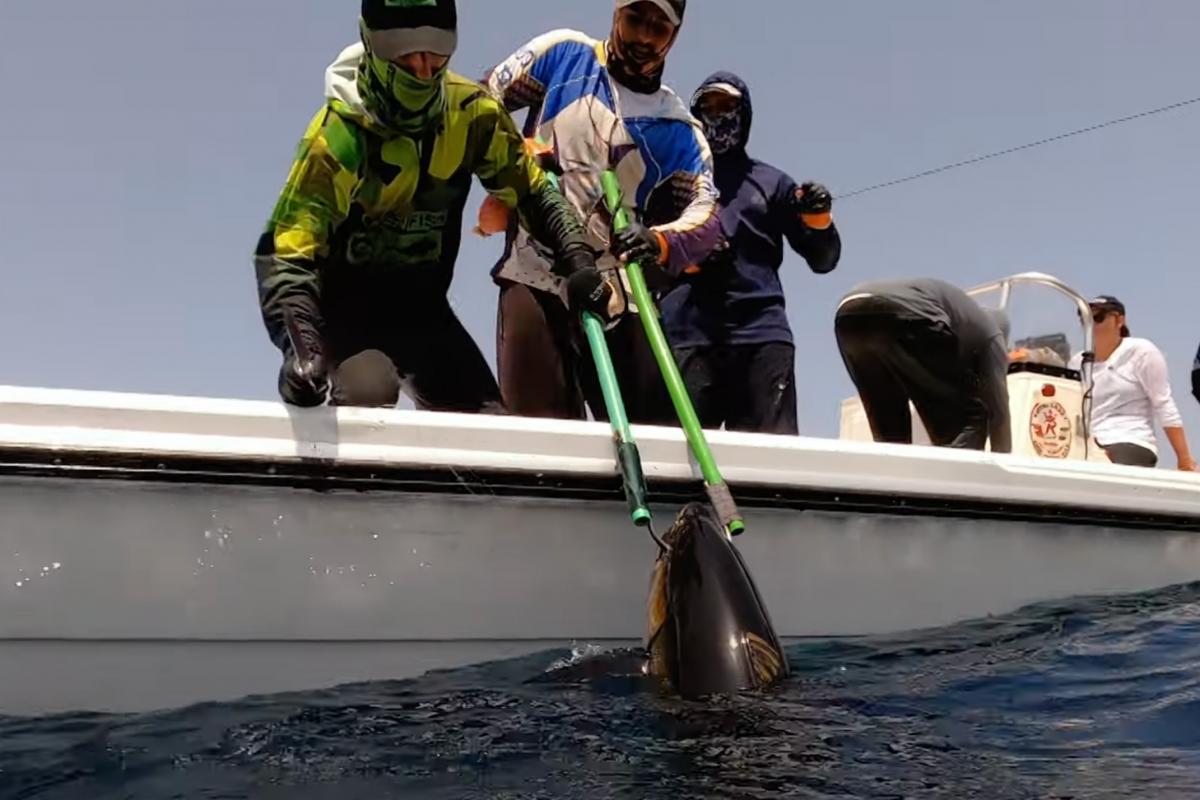
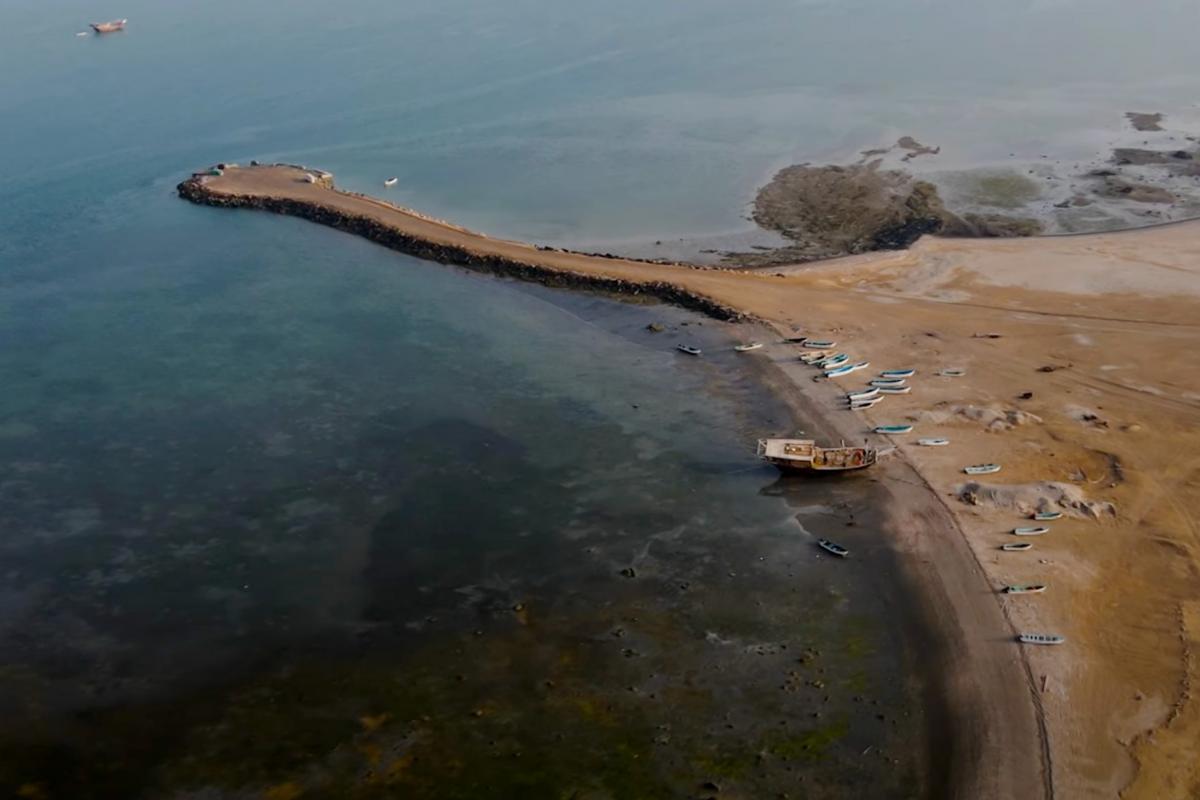
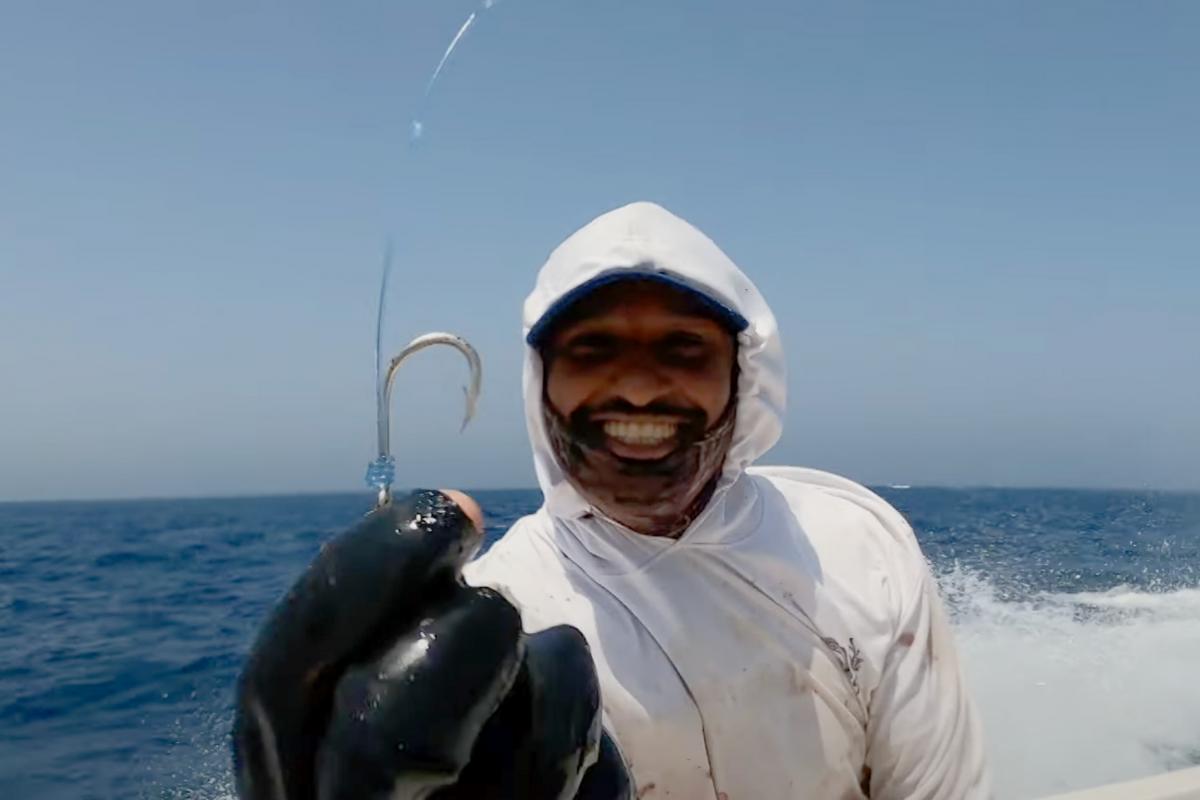
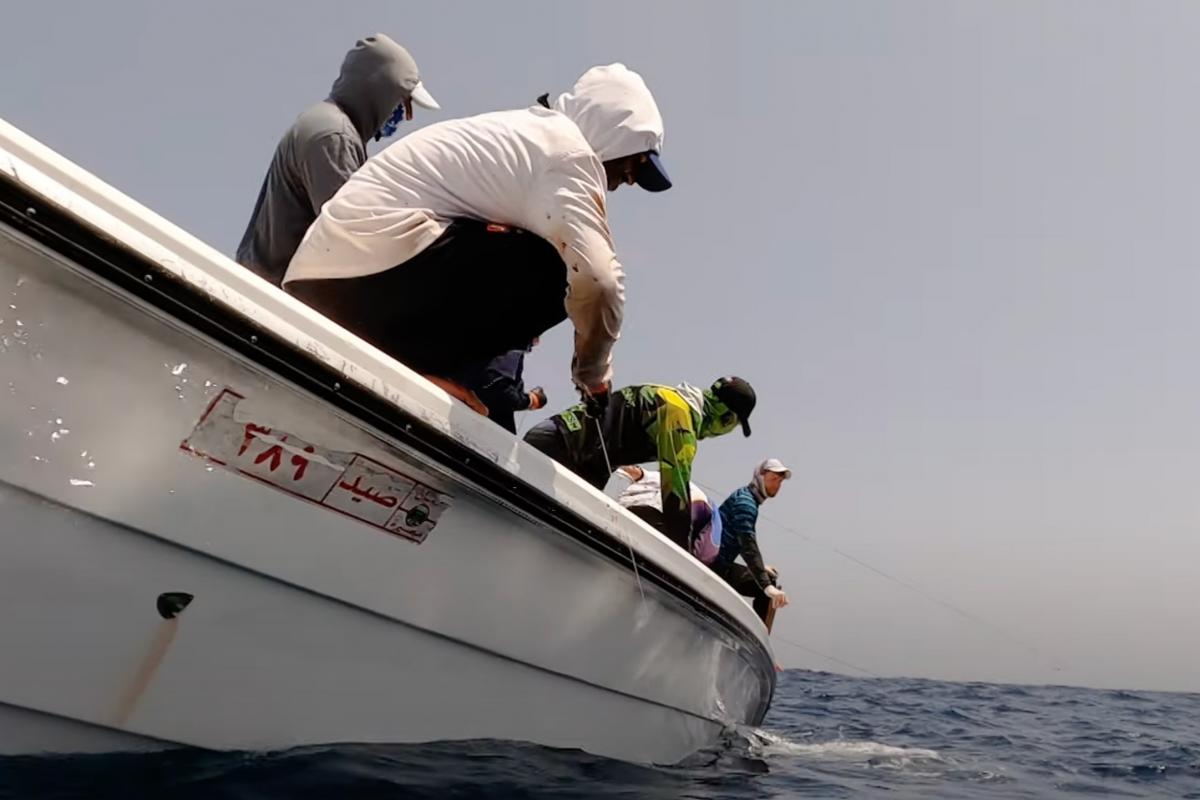
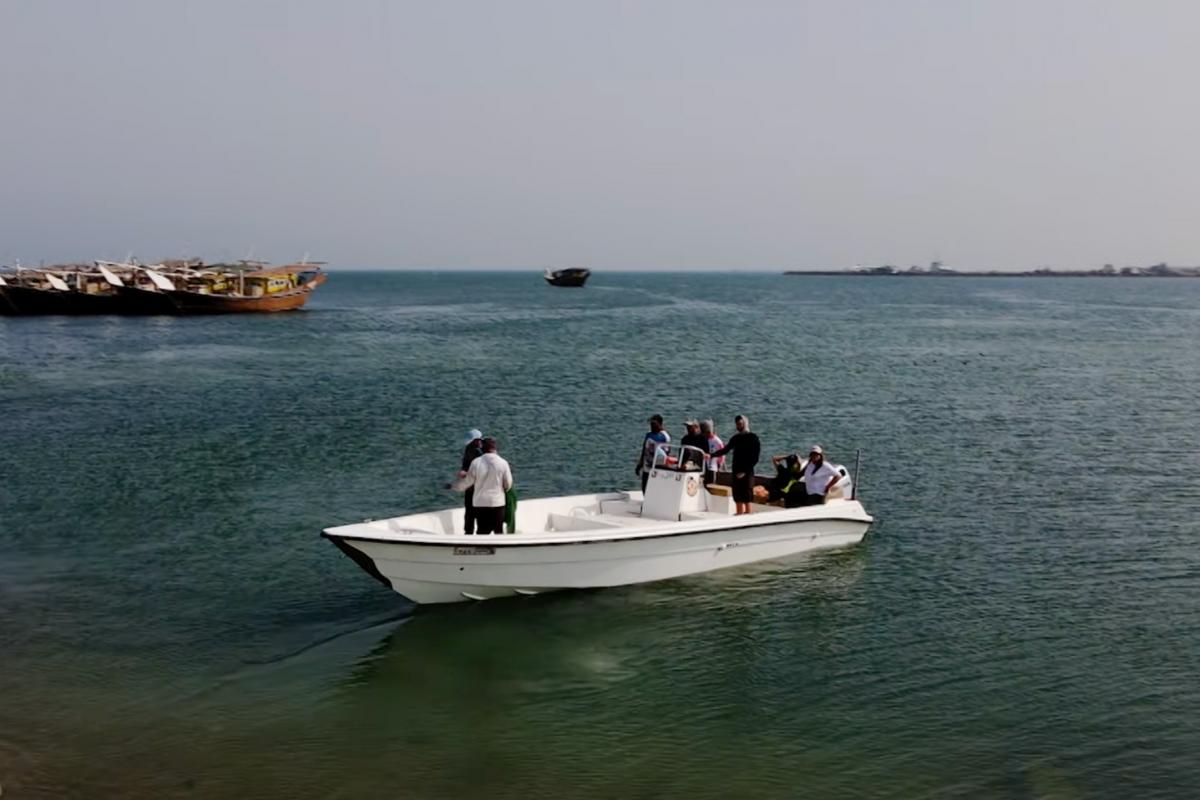
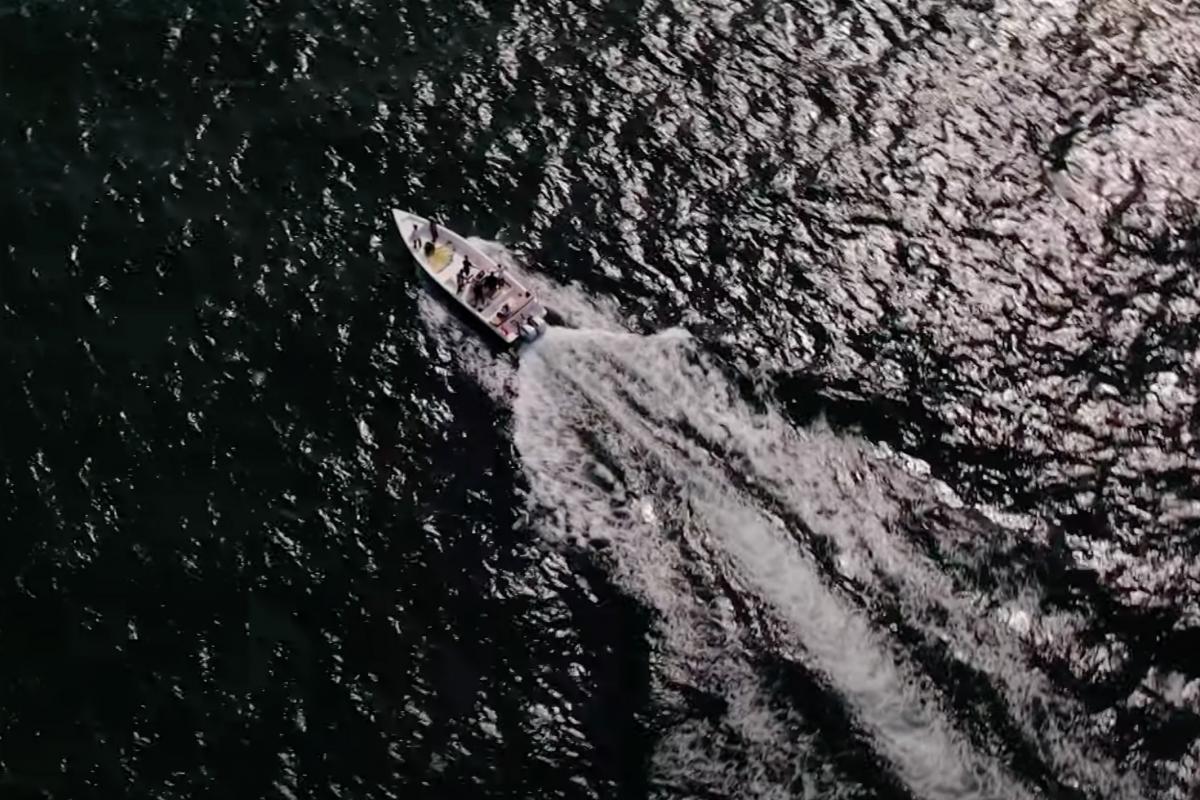
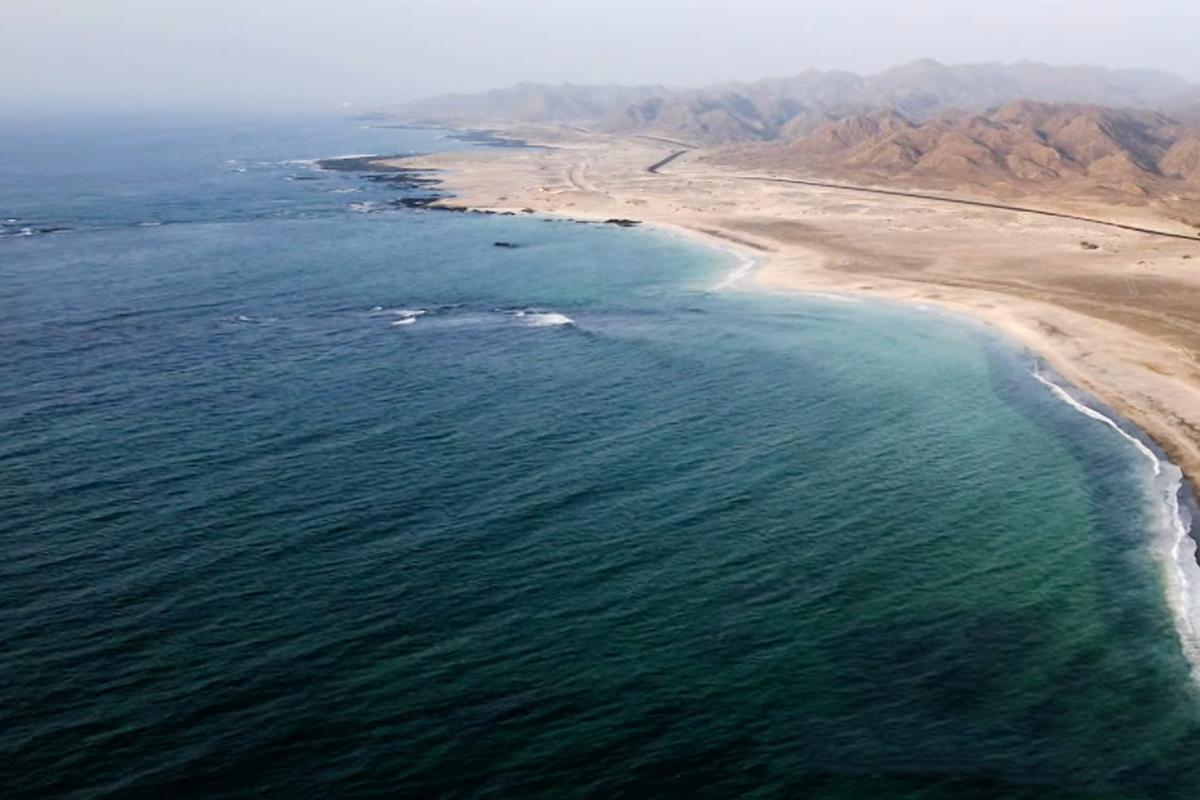
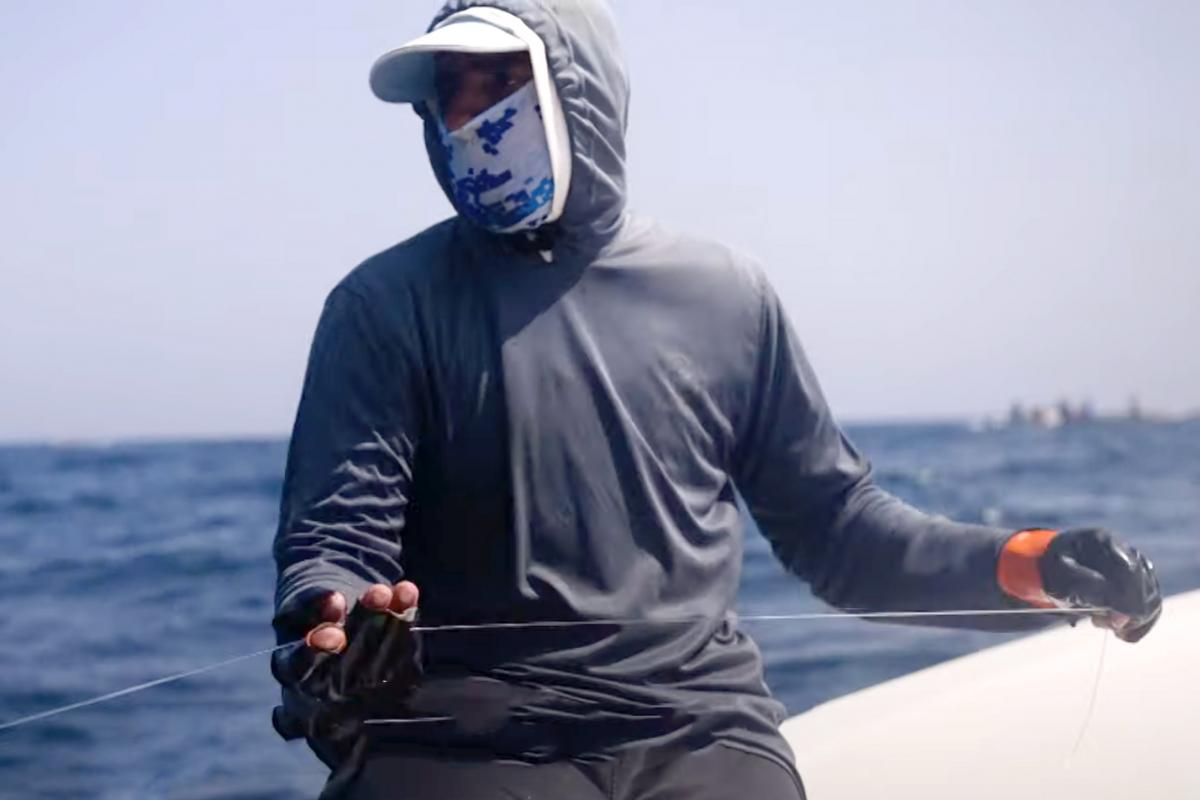
Typical Vessel
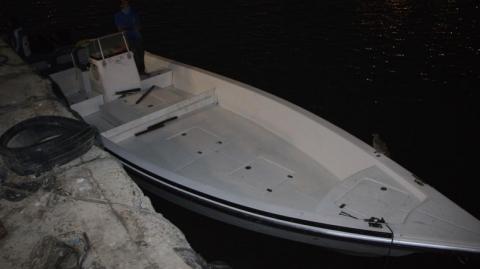
| Item | Value |
|---|---|
| Crew Size | 5 |
| Size Range (m) | 10 |
| Details of Type of Engine | Engine Power of 250HP |
| Hold Capacity | 2 t |
| Onboard Cold Storage? | No |
Target Species
Yellowfin Tuna

Fishing Gear
Handline


Regional Fisheries Management Organisation
Indian Ocean Tuna Commission (IOTC)
Regional fisheries management organisations (RFMOs) are international bodies formed to manage fish stocks in an oceanic area. They include several countries with fisheries operating in that area, and some focus on particular species such as tunas. They are established through international agreements and treaties. RFMOs typically collect fishery statistics, assess fish stock conditions, monitor fishery activity and make fishery management decisions.
The Indian Ocean Tuna Commission (IOTC) is the RFMO responsible for managing tuna and tuna-like species (including billfishes and some sharks) in the Indian Ocean. Their main objective is to manage fish stocks, by ensuring fisheries operate sustainably, so benefits from relevant fisheries in the region can be maintained into the future.
Stock Status Reports
Yellowfin Stock Status
2022-04-01The stock status of a fish species signifies whether a species is 'overexploited', 'fully exploited' or 'underexploited'. Different organisations use different parameters to assign these labels. For example, the Food and Agricultural Organisation of the United Nations (FAO) deems any species to have less than 40% of it’s ‘unfished biomass’ to be overexploited.
The aim of assigning stock status to a species is to ensure that catches are kept at a level where future catches will not be affected, in other words, to maintain a healthy, viable population of fish.
In addition to biomass, spawning potential, catch trend and size-age composition may be used to determine stock status. These are important factors to consider as some species are more resilient than others and have different ecological features. For example, yellowfin tuna have a higher reproduction rate and are typically more resilient than other tuna species.
National Reports
Oman
2021-08-12National Reports are formal documents from members of the Tuna Regional Fisheries Management Organisation (tRFMO) in question. Each country that falls within the tRFMO must report on the state of their national fisheries in relation to the requirements of that tRFMO. They are normally presented to the annual Scientific Committee meetings by a credentialed head of delegation - considered national scientists. The tRFMO normally prescribes what the report should entail and how it should be structured, which would also include progress on key resolutions on conservation and management measures, and brief the ongoing scientific research of interest to the tRFMO.
